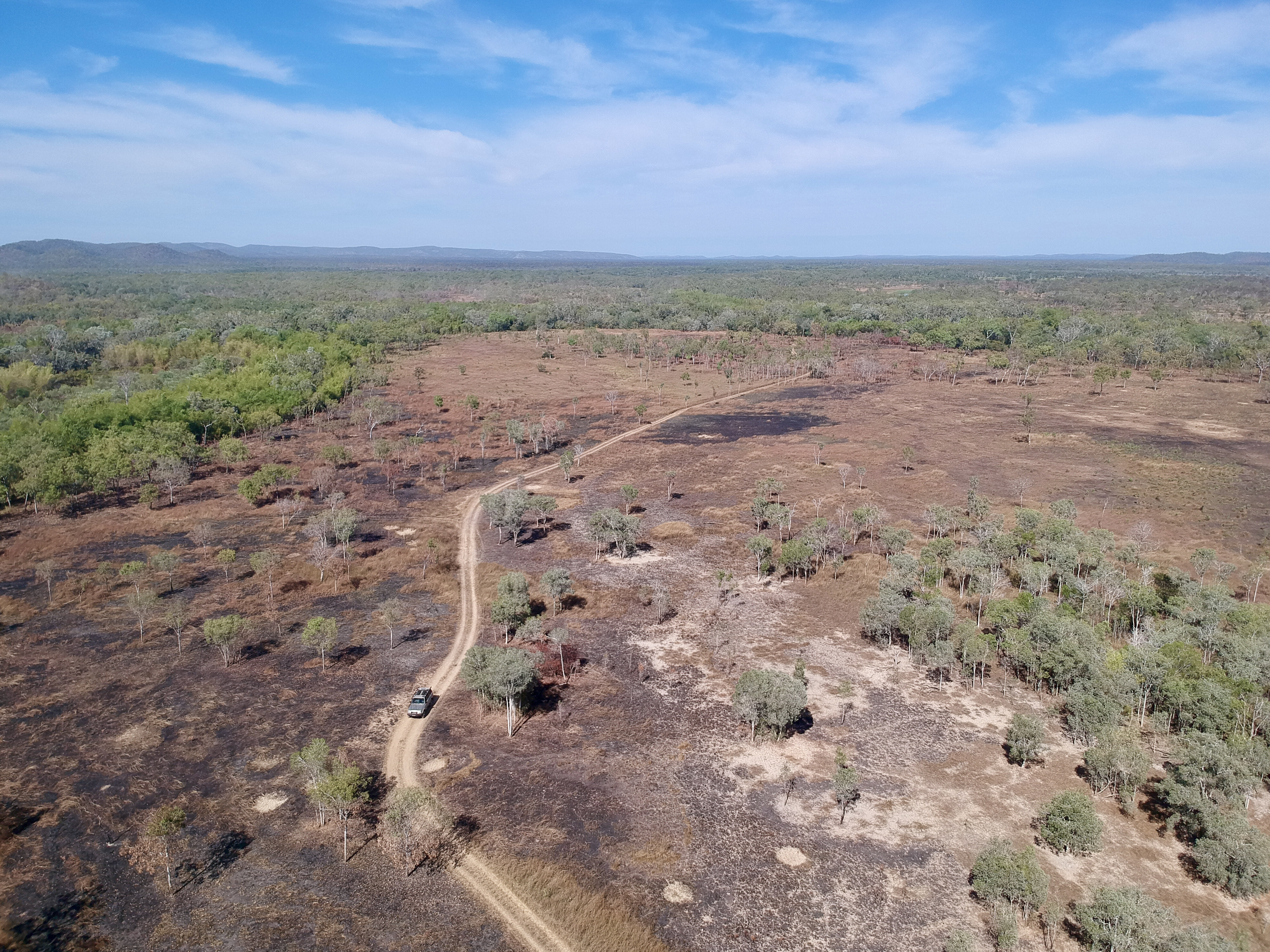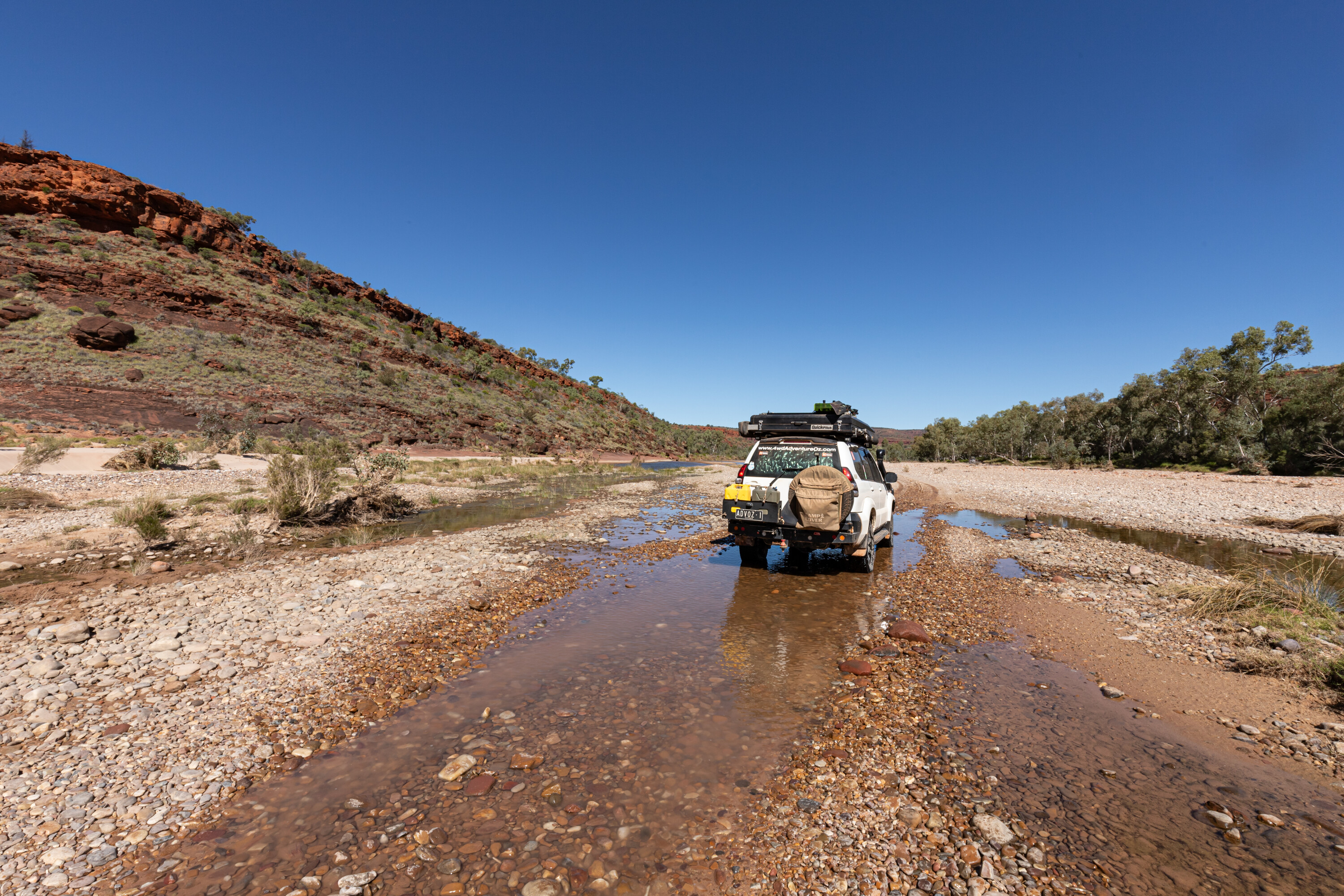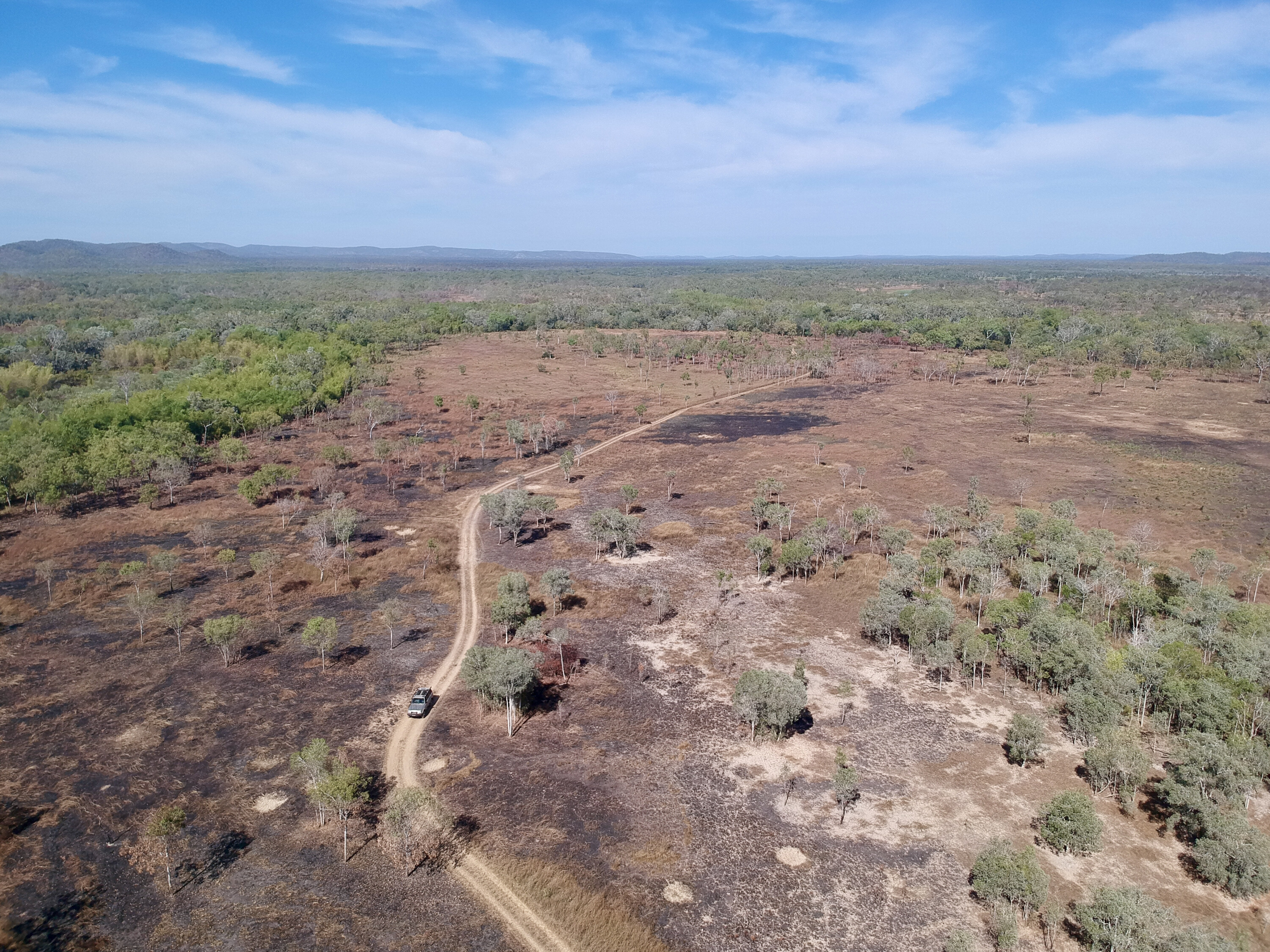Kakadu. Most agree it’s the pinnacle of National Parks, where living cultures of the Aboriginal people have existed for thousands of years and an abundance of wildlife resides within a stunning landscape. Just getting to Kakadu can be a journey in itself, as it’s the most easily accessible northern NP in the NT.
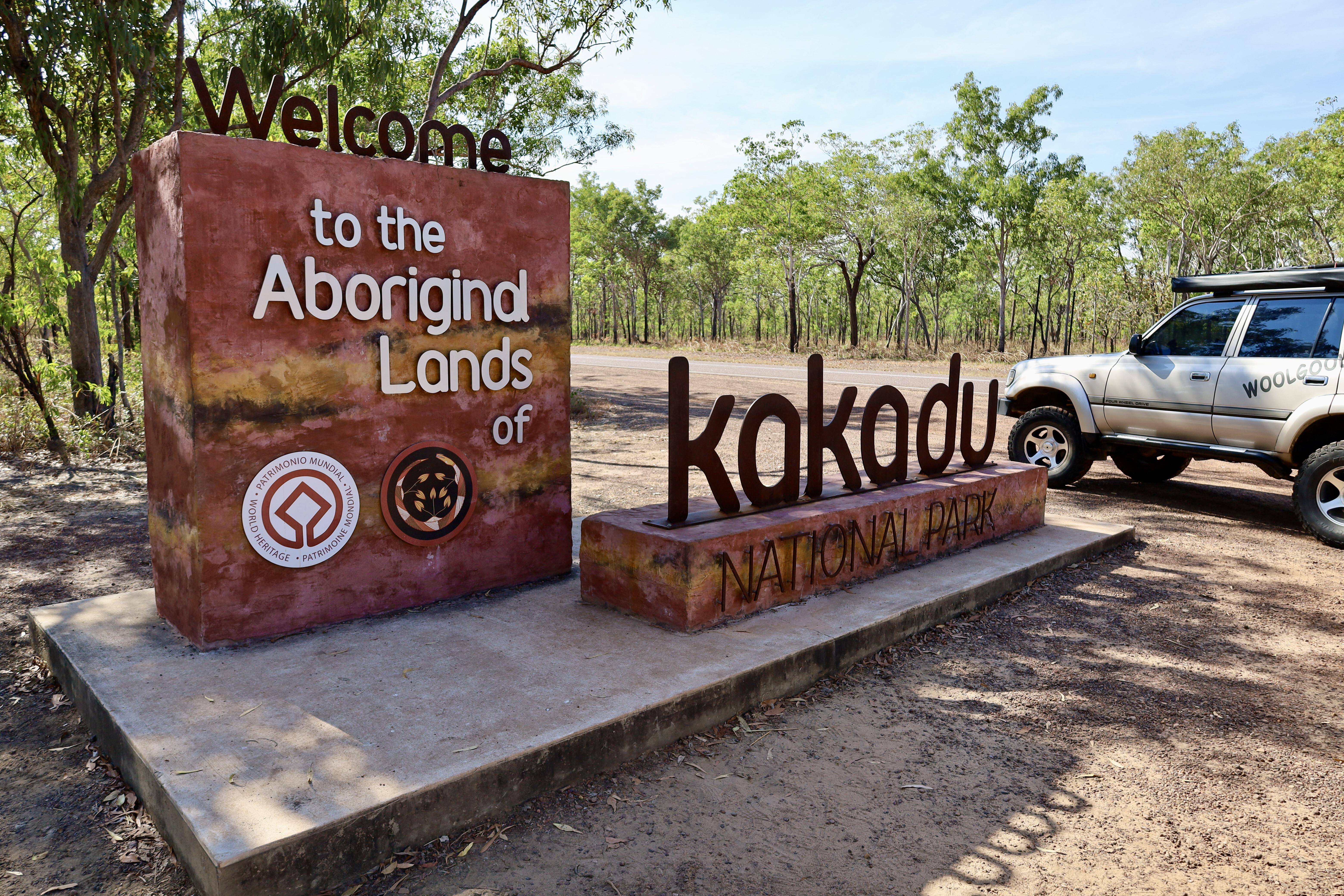
Today, it’s vastly protected and heavily commercialised, but that’s a good thing to protect this ancient landscape and culture. Covering a staggering 20,000km2 it’s the largest NP in Australia, tucked between the East Alligator and the Wildman Rivers whose tributaries feed out through the park. So much so, Kakadu is now heritage listed with UNESCO for its diverse natural values and attractions, and the living culture.Kakadu has a complex ecosystem for its huge range of flora and fauna, some found nowhere else in the world. In fact, a third of Australia’s bird species are found here. Biodiversity within the park is huge and has some pretty amazing stats. Get this: more than 2000 plant species, 26 different types of frogs, 120 reptile types, nearly 70 different mammals, 300 types of fish and an impressive 10,000 species of insects. Of course, Kakadu is known for its huge number of crocs, where it’s estimated there are three crocs in every kilometre of water within the park, then add the billabongs and swamps. Alligator River studies have shown there are 15 per kilometre, making it the most populated in Australia. Both the freshwater and saltwater crocs live in Kakadu, and warning signs are everywhere for a reason.
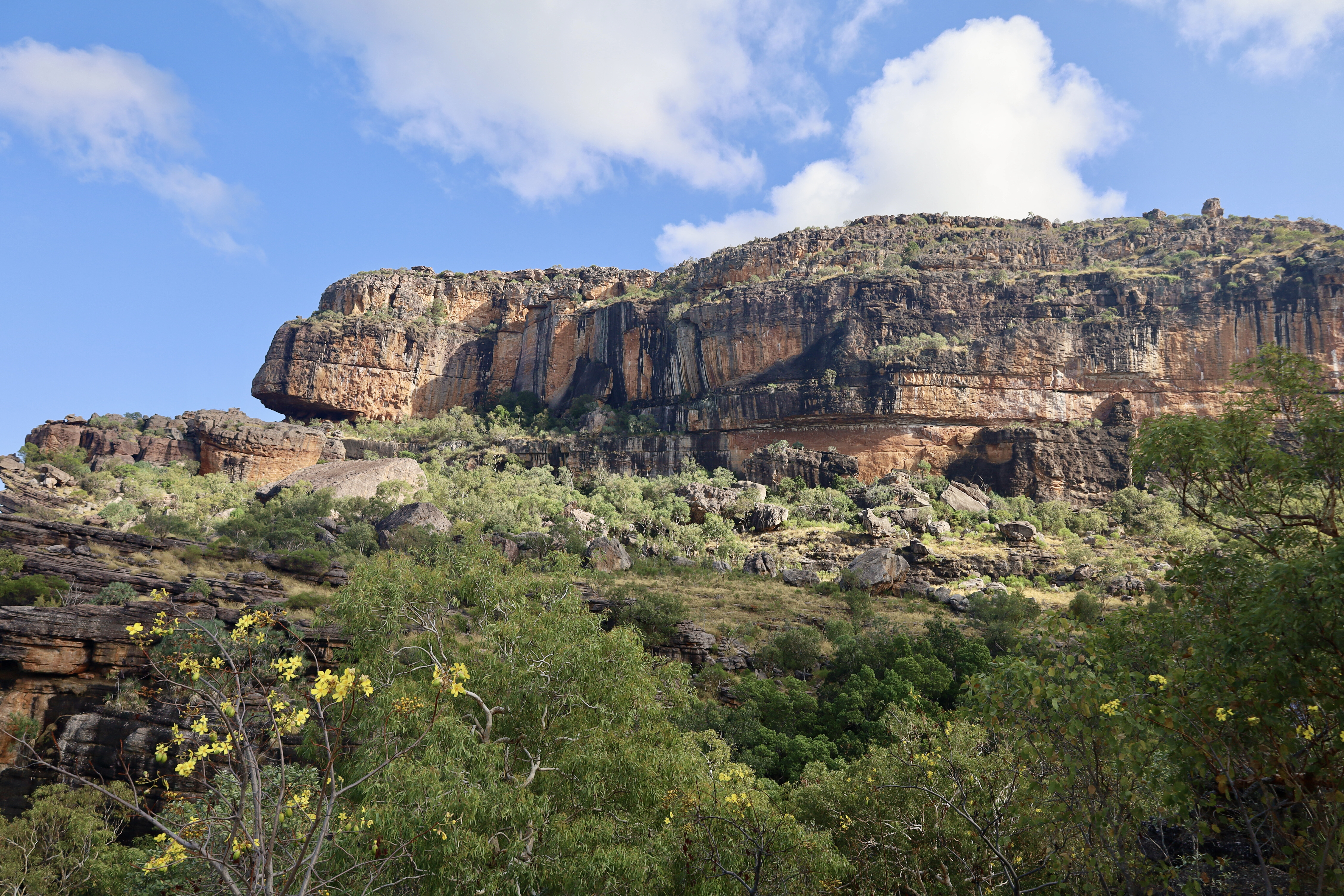
The word ‘Kakadu’ comes from the Gagudju language, and it was established in the 20th century in the northern end of the park; although, other traditional languages are still used today. Traditional owners have been living here for nearly 65,000 years and this is evident through the ancient rock art depicting extinct animals through to early trading sailboats off the coast. We’ve been to a host of different areas where rock art is prevalent, and Kakadu Traditional Owner’s allow photos to be taken of their amazing rock art in areas throughout the park.
Ancient art
Commercialisation has kept the park under control and clean, as operators work extremely well with the Traditional Owners (TOs). The tours within the park feed visitors to beautiful sites that highlight areas such as croc- and buffalo-infested billabongs, a maze of rock-art sites, several waterfall gorge walks, and well-organised campsites. One of the best places to see stunning examples of rock art is at Burrungkuy in the Nourlangie region to the SE. There are many walks here for all ages, with platforms allowing great viewing into the rock overhangs and caves. Signage relays some pretty powerful stories of the Dreamtime and the Rainbow Serpent being created within the park, looking after the countryside and through translation is still alive today and should not be disturbed.The Burrungkuy circuit is the most popular around the rock-art galleries up to Kunwarddewardde Lookout, where views of savannah woodlands and several escarpments will have you looking in awe. Other walks, or hikes, can take up to six hours to complete and are only recommended for the most experienced. But wherever you look, the rock formations are nothing short of amazing, from plated rock sections, huge sandstone cliffs, through to towering columns.
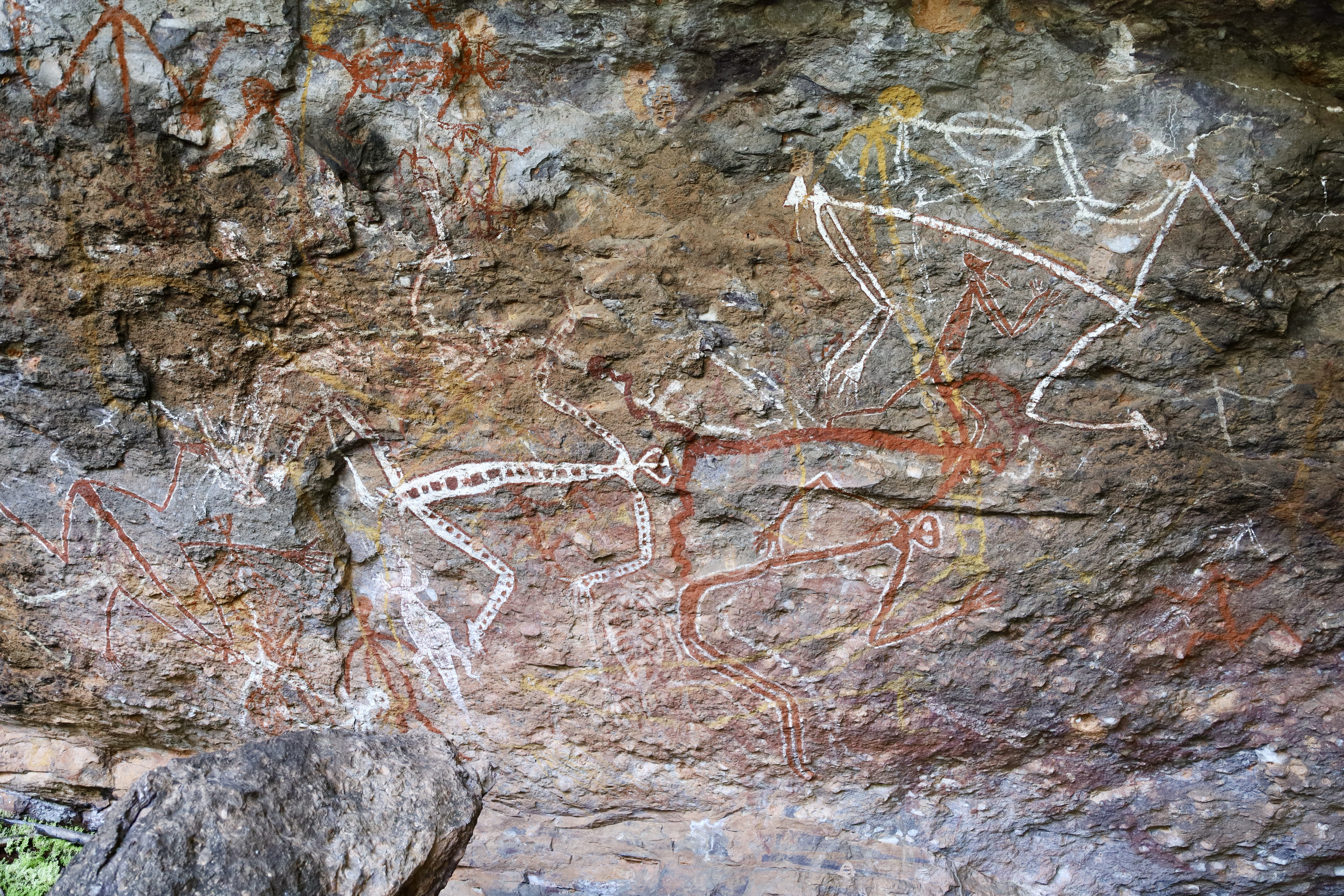
Kakadu is a park that has seasonal closures each year when rivers flood across the plains and when cyclones often pass through the area. It also has rivers and waterholes that need to have crocodiles removed and rehomed for safety reasons. The sheer vastness of Kakadu can really only be seen by air or by spending up to a week exploring the different areas of the park.Basically, the park can be broken in to seven different sections, making it easier to explore. Several sections highlight rainforest through to stone country, lookouts and waterfalls. It’s said that people need to sit, relax and feel the spirits of the home country and soak up the amazing atmosphere. During the cooler months, fire is used extensively to control long grass and give new life to the country. Ancestors have been using fire here for tens of thousands of years to help control wildfires during the warmer months from lightning strikes; it’s the traditional way for conservation and it also helps with food supply.
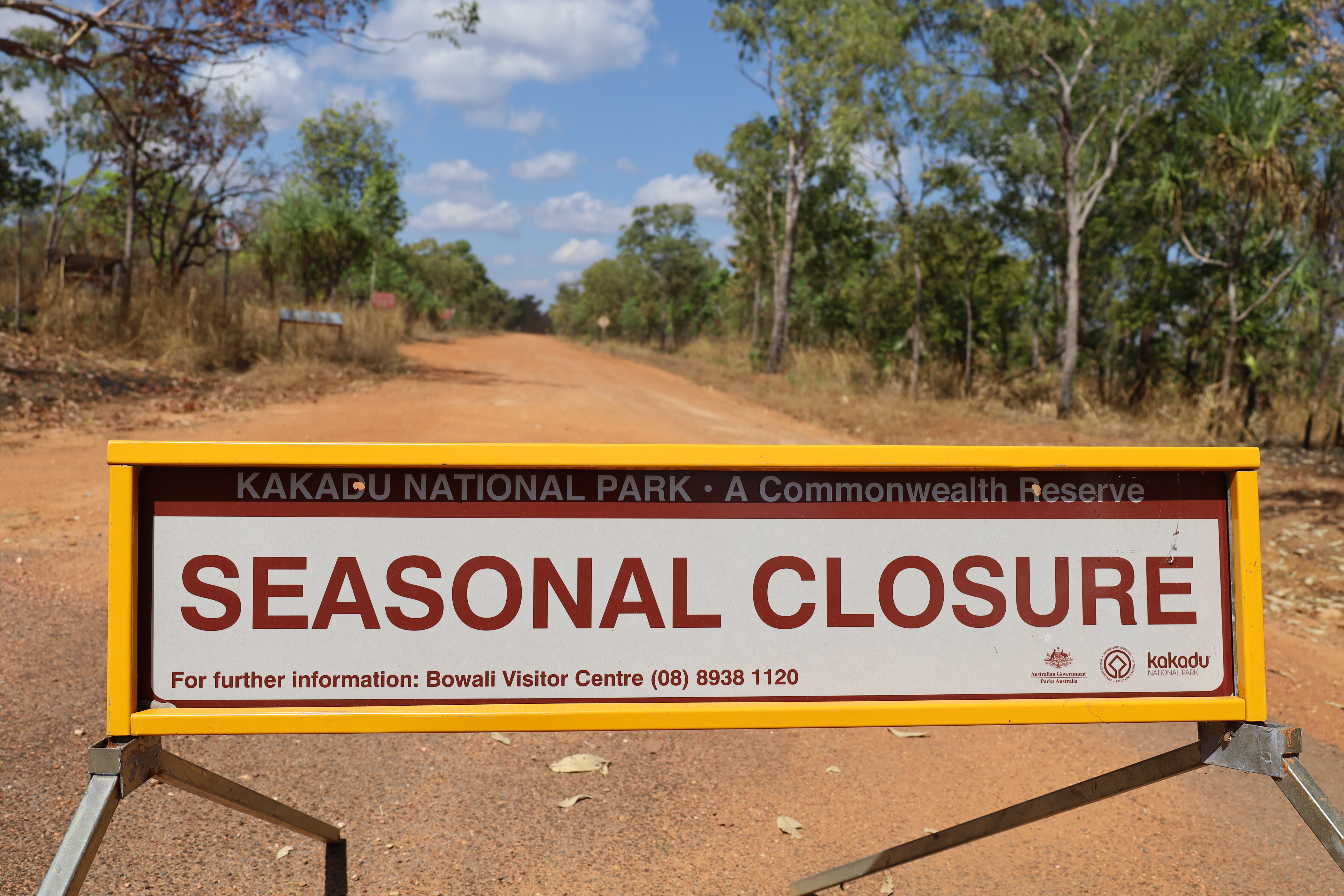
Jabiru
The main part of Kakadu is located within a giant sealed-road triangle, with the main town of Jabiru at the peak. Jabiru has pretty good services and is home to the uranium mine located 8km away. The mine has been supplying the world with high-grade materials for decades and is in the last stages of closing down, where the huge pits will be filled in and other buildings dismantled. Having a base at Jabiru makes it easy to explore the outer reaches of the park, but be prepared for long hauls everyday to the outer fringes.One notable place that everybody needs to check out is Cahills Crossing, 40km NE of Jabiru. Known for the crocs that line the causeway waiting for the mullet and barra to cross, it’s a must-do. Despite being 50km to the coast, the tides run fast here and the barra follow the saltwater up to the crossing, waiting for the push over to the freshwater. The crossing is named after Paddy Cahill who ran a cattle and buffalo farm in the late 1890s. The other side of Cahills heads in to Arnhem Land, where permits are needed to pass through remote and private communities.The park does have seasonal closures where roads, waterfalls and other features are closed. TOs also close areas for various reasons and respect must be given, while entry to local communities is prohibited without a permit. For example, when we spent time in Kakadu, there were several sections closed due to a high amount of water across some roads, as well as a large croc in a popular waterhole.
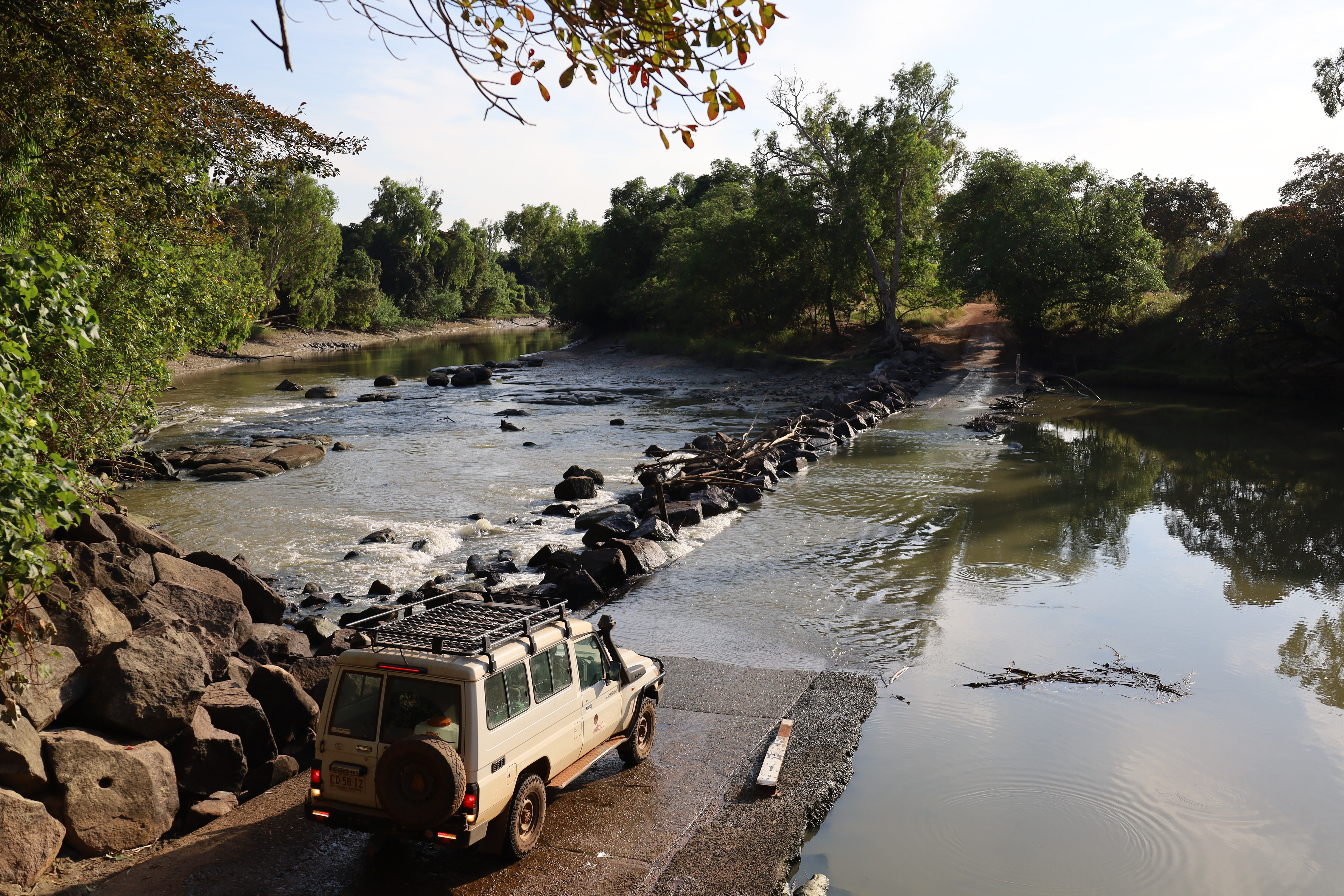
Get the info
A visit to the Bowali Visitor Centre run by Parks NT is essential for anyone keen on a cultural learning experience, or to learn the ins and outs of the park and gain information on where to explore. It’s here you can pay for a parks pass (free to NT residents) and camp fees to any of the managed campgrounds (this needs to be done online, and there’s phone service at the centre).Most 4WDers that come to Kakadu want to tackle the 50km 4WD track out to Jim Jim and Twin Falls, but, unfortunately when we were there, there was a large croc and a damaged river crossing that still had this section closed. A shorter drive into the stunning Barramundi Gorge and waterfall was next on the list. This is only a short 10km corrugated road in, with a 1km hike to the waterfall and pool. It’s very popular with tourist companies, so get in early to avoid the crowds.We were given information to head down to the Mary River region and Gimbat picnic area. Most dirt roads within Kakadu are a little rough but not too difficult; others are average dirt roads that are cleaned up after the Wet season. The Gimbat Road was no different, and for its 60km length it follows mountain ranges with distorted surfaces, past Mt Callinan and along the South Alligator River. Rock formations out here are mind-blowing, where layered flat plates are stacked skyward. There’s nothing seriously hard about the Gimbat Track, but several flowing river crossings make it a pleasant drive. Along the way, abandoned mines suggest the presence of asbestos with no-entry warning signs; and, right beside the road, an old truck weigh station is an interesting find. The rivers and mountains out here lead in to Arnhem Land, although there’s no access.
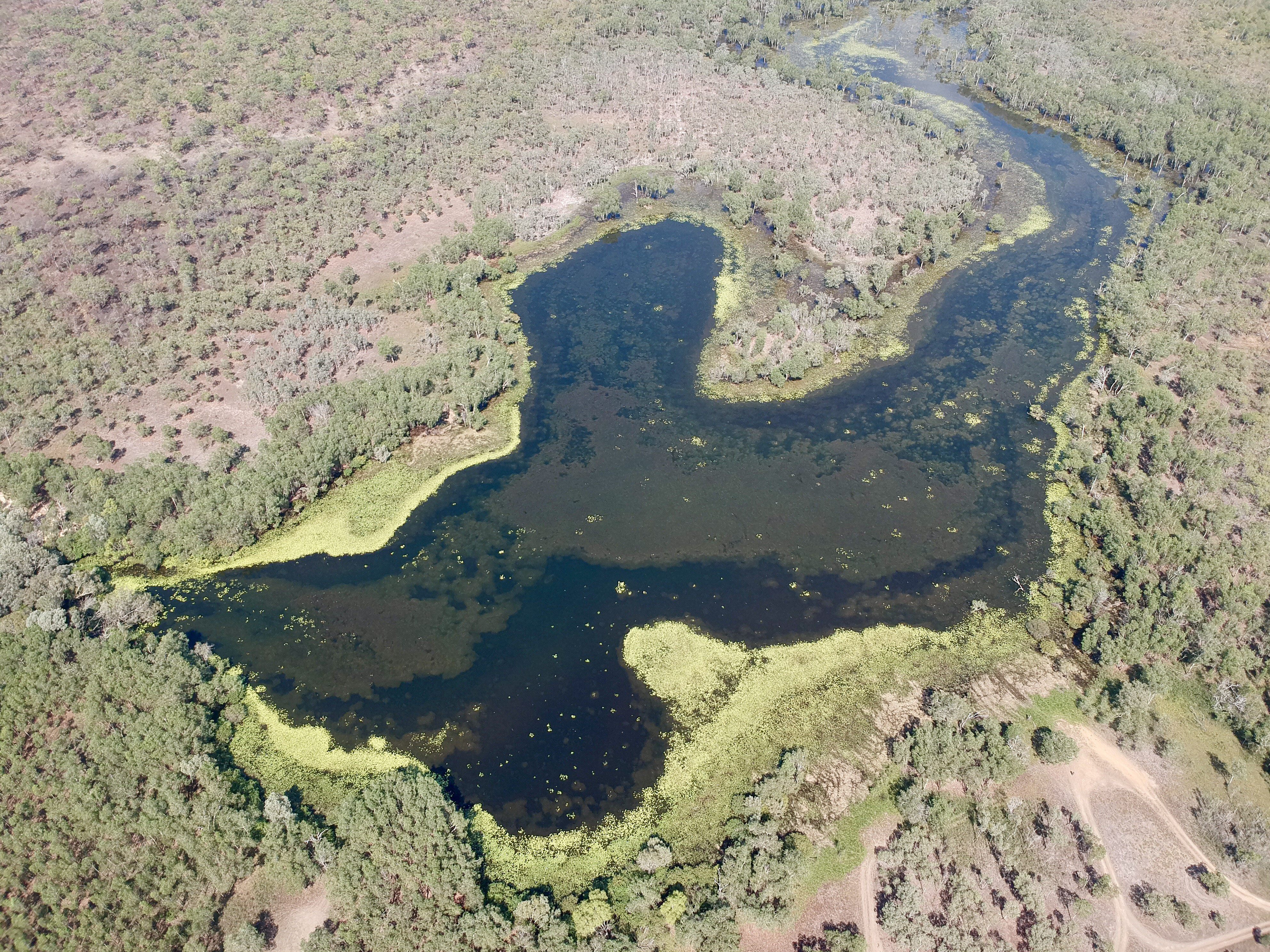
Old Jim Jim Road
Another suggested drive was a 100km track that cuts through the middle of the park, parallel to the northern main road. Starting out near the Alligator River crossing (good place to croc watch) the Old Jim Jim Road gets straight in to the red dirt, weaving through the dry scrubland littered with an array of palms, cycads and savannah bushland. This road has remote campsites and long waterholes that are popular with serious campers and fishos. The Alligator Billabong campgrounds are an alternative to get away from the crowds, where most are along the riverbanks with bush camping and no facilities. There are a couple of river crossings, but these generally only run after the Wet season (our advice was that they were running at 600mm deep, with other flooding off the plains).
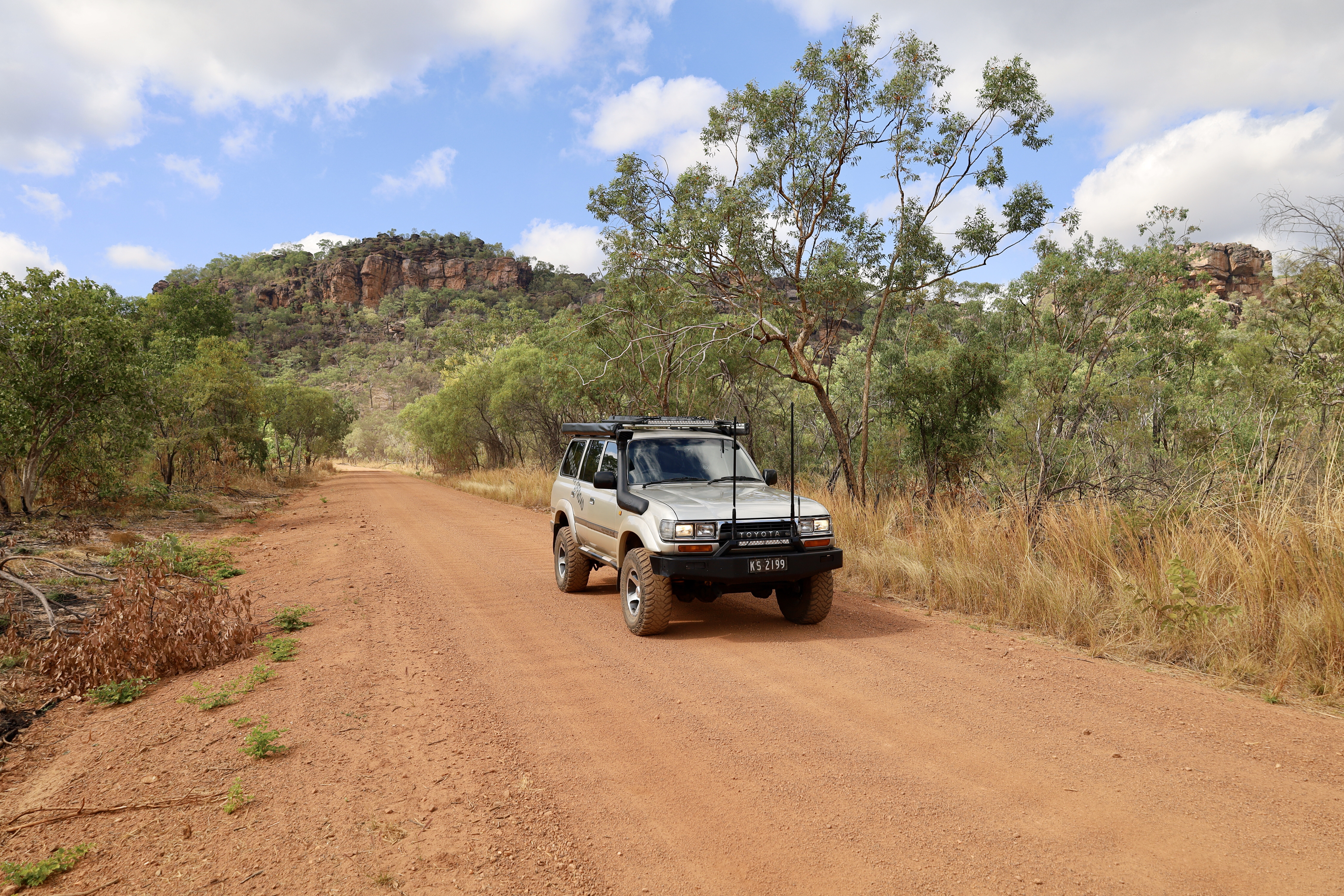
Heading past the campgrounds, the road deteriorates in to a single lane track – as less traffic heads out this way – but it’s worth the effort to do the next section. Massive billabongs line the track, with surrounding bamboo forests along the river’s edge giving it a real visual experience. We were lucky to see several very large crocs on the edges of the water, while flocks of birds and water buffalo inundated the billabong area looking for a feed. An introduced species, the buffalo is a pest in the park, damaging watercourses and the fragile ecosystem. We saw damage beside the lagoons from buffalo and wild pigs, where they wallow in the edges and create deep pits that will take years to recover.
The Old Jim Jim Road intersects the Jim Jim Road at the South Alligator River, and from here you can either head farther south towards the Arnhem Highway or across to the Kakadu Highway – either way Jim Jim Road is a well-used route.
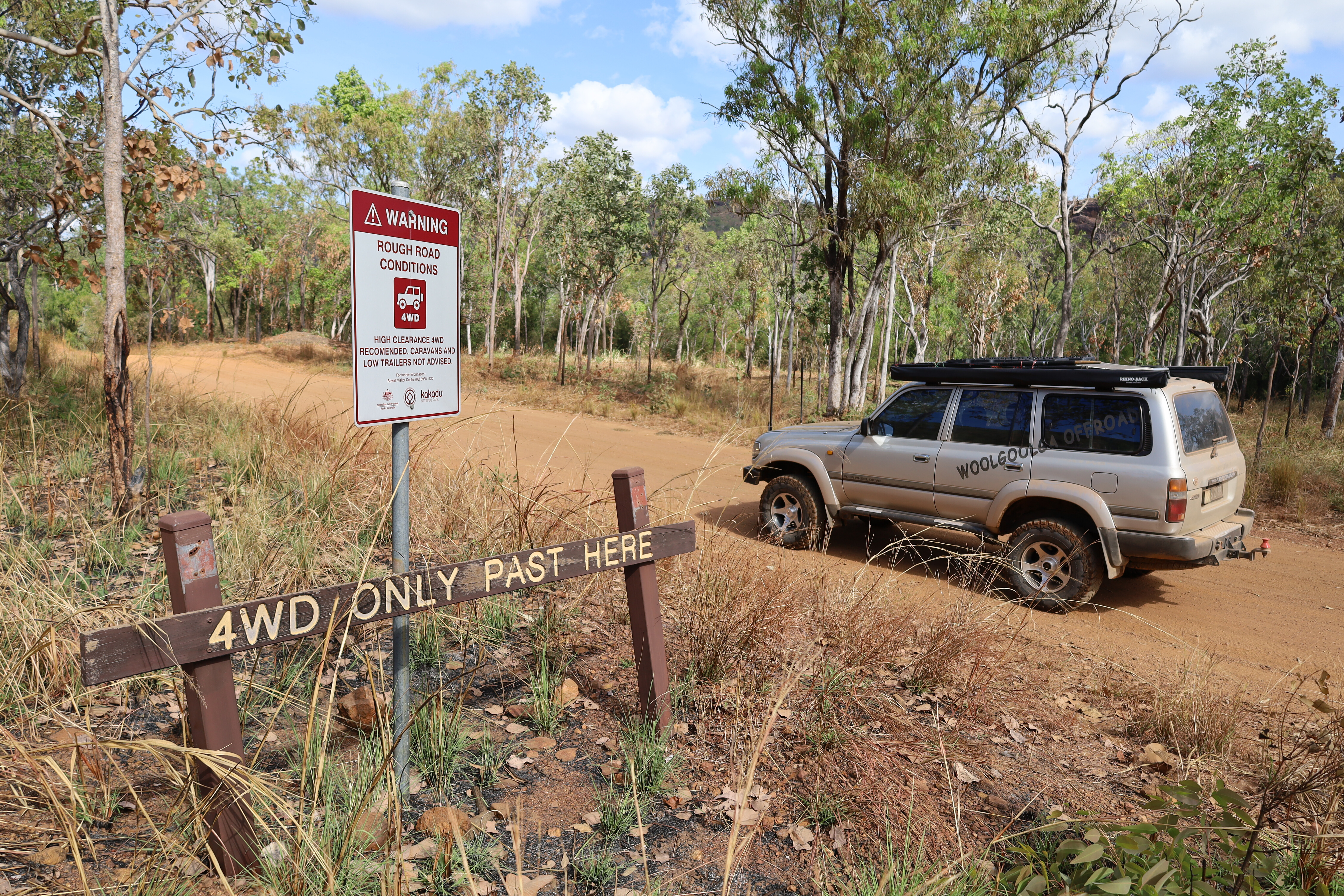
So while seasonal closures often affect sections of the park, there are always other options to tick Kakadu off the bucket list, but you’ll need a 4WD to experience the endless sunsets, wildlife found nowhere else in the world, magical rock formations, and the cultural history.
Would we visit Kakadu again? Most definitely, to camp in remote sites, hike to escarpment view points and, of course, view Kakadu from the air to witness its huge river systems carving the landscape.
5 Kakadu favourites
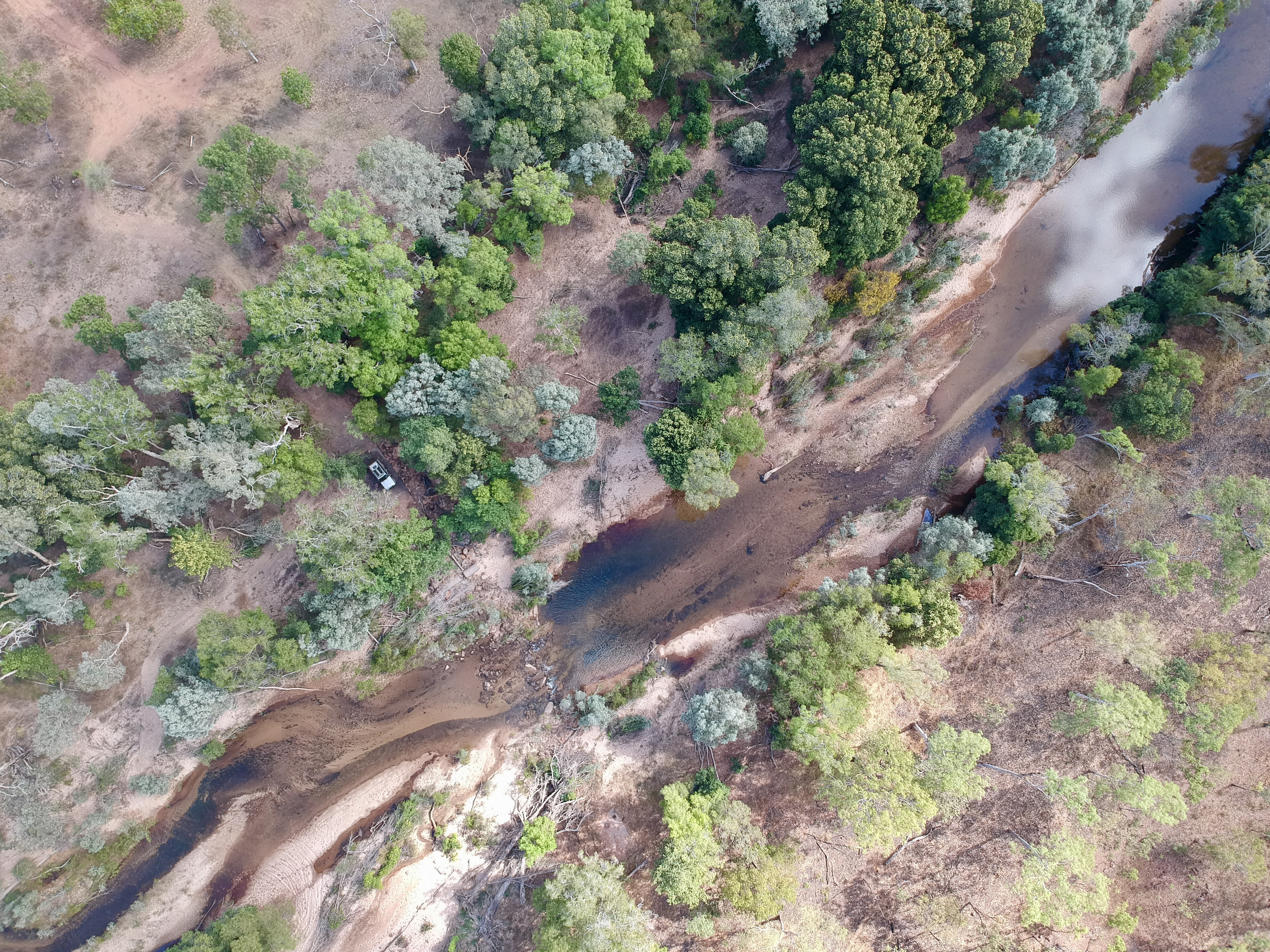
01. Do it by 4WD Some areas of Kakadu can only be accessed by 4×4. These include West Alligator Head in the north and Twin Falls, Jim Jim Falls, Maguk and Jarrangbarnmi in the south.02. Jim Jim Falls & Twin Falls Spectacular Jim Jim Falls is Kakadu’s biggest waterfall, plunging some 200m from the Arnhem Land escarpment to a plunge pool below. Farther along the 4WD access road, the Twin Falls gorge has a split cascade that drops from a 150m-high cliff face to a deep pool below. The road to these falls is subject to seasonal closures, and the best time to drive is during the dry from mid-June.03. Jabiru Jabiru is the main township in Kakadu National Park. It has all the services you’re likely to need and is a perfect base for exploring the park. Facilities include shopping centre, medical clinic and pharmacy, police station, library, service station and workshop, nine-hole golf course, sports and social club, and 50m swimming pool. Accommodation includes the Mercure Kakadu Crocodile Hotel, Aurora Kakadu Lodge and Caravan Park, and Anbinik Kakadu Resort.

04. Yellow Water Yellow Water (Ngurrungurrudjba) is part of the South Alligator River floodplain. In the dry season, there is a 2.6km return walk across the floodplain to a viewing platform on Home Billabong. A boardwalk offers incredible views of Yellow Water’s wildlife including some impressive saltwater crocodiles. If it’s too wet for a saunter, take a Yellow Water boat cruise that operate throughout the year. Apart from seeing huge crocs and birdlife in a World Heritage-listed wetland, Yellow Water is also a top fishing spot for trailer boaters.05. Art sites Kakadu’s main rock art galleries are at Ubirr and Burrungkuy (Nourlangie), depicting paintings of animals, x-ray art, and depictions of early contact with Europeans. The park is said to have one of the world’s greatest concentrations of rock-art sites, with some paintings up to 20,000 years old, making the artwork one of the longest historical records of any existing group.

